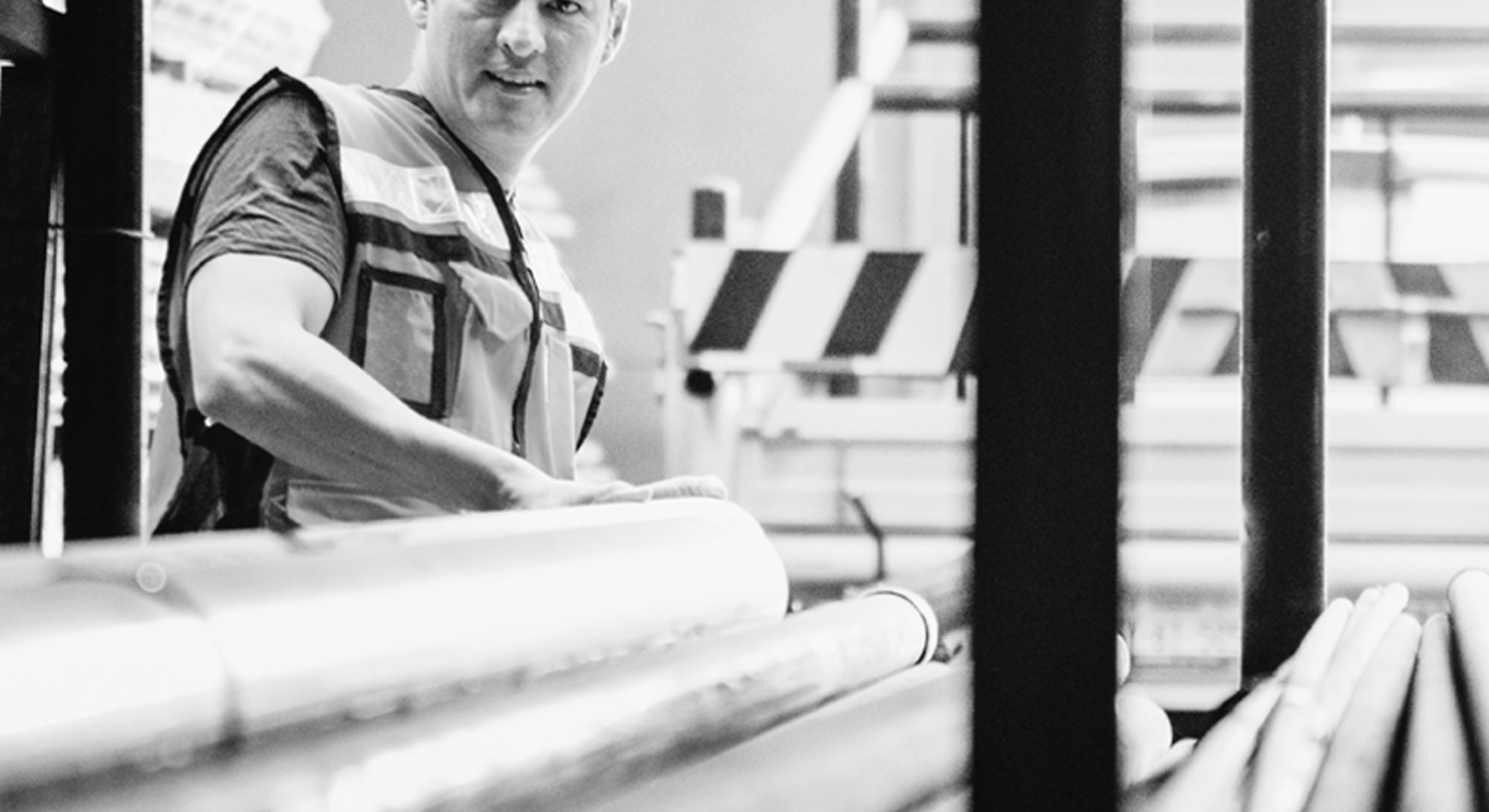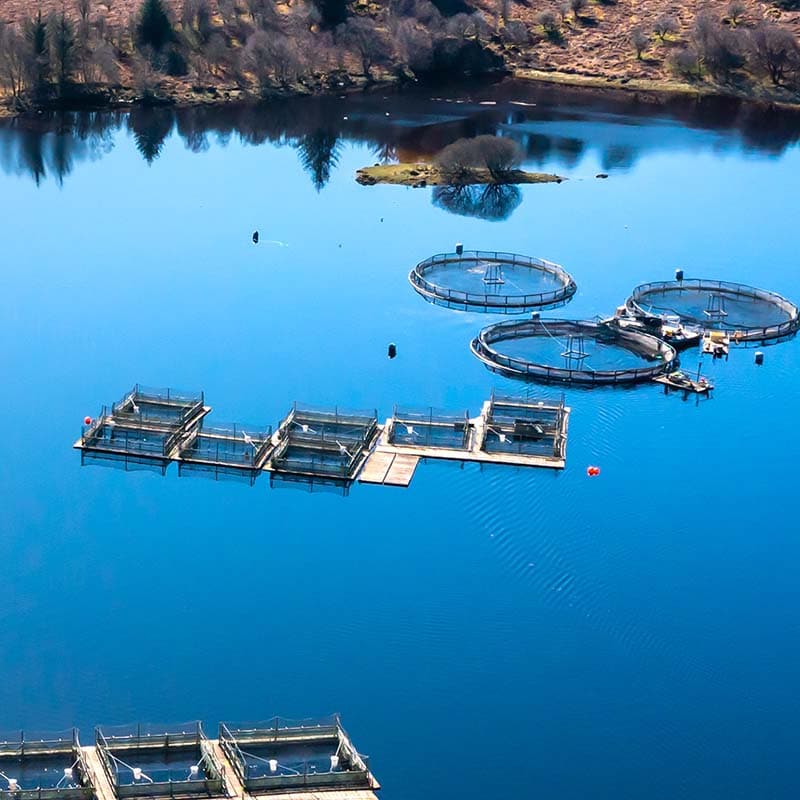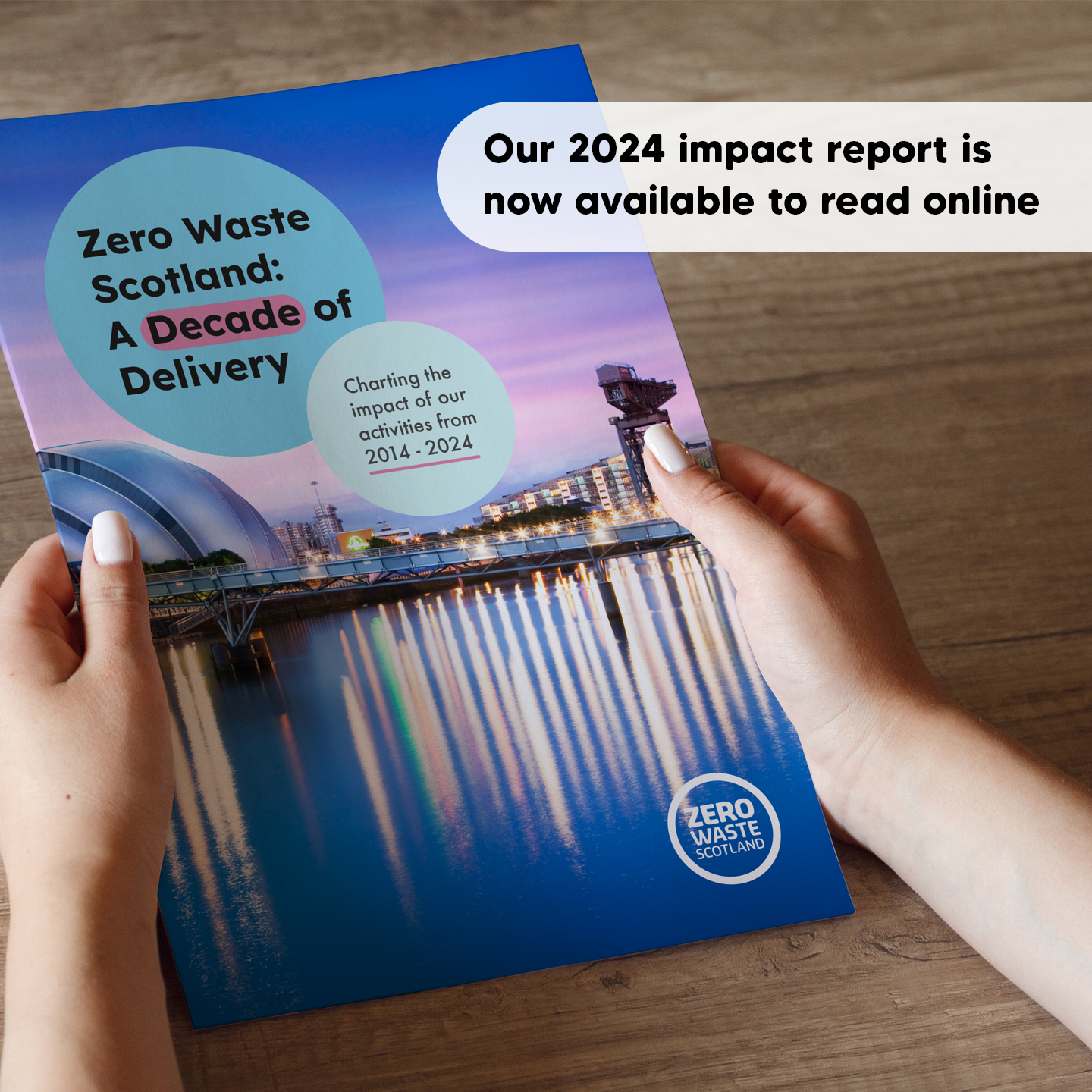
How should Scotland manage its scrap steel?
Zero Waste Scotland has published the first in a series of papers looking at the environmental, economic, and social benefits of the production of Scottish steel.
The first paper, titled ‘How Should Scotland Manage its Scrap Steel?’, focuses on the environmental evidence for returning steel production to Scotland in a sustainable way and ensuring valuable scrap steel is utilised most effectively.
Analysts found the carbon benefits of a transition to a more local, efficient scrap steel production route to be clear and significant.
By developing an Electric Arc Furnace (EAF) plant for scrap steel in Scotland, emissions from material, transport and energy use could be reduced substantially, at a level that would make a tangible contribution to reducing Scotland's total carbon emissions.
The advantages include:
- Savings of 60 percent in carbon emissions currently incurred. Today, we export scrap steel to other countries in a process which takes up to 1.6 tonnes of greenhouse gases to produce one tonne of steel, whereas moving to EAF-based steel production in Scotland would reduce this to 0.64 tonnes;
- Creating highly skilled green jobs in Scotland, and;
- Embedding resilience in meeting Scotland’s steel needs now and in the future by reducing our reliance on overseas imports.
The paper concluded that change must happen fast to capitalise on Scotland's low carbon grid advantage. Further work is required to understand the long-term environmental case more fully. This should include site-specific data of any potential EAF plants for Scotland, forecasting of national electricity grid intensity changes and the impact of EAF electricity demand.
In our next paper, Zero Waste Scotland will explore the economic and social factors central to this transition.







